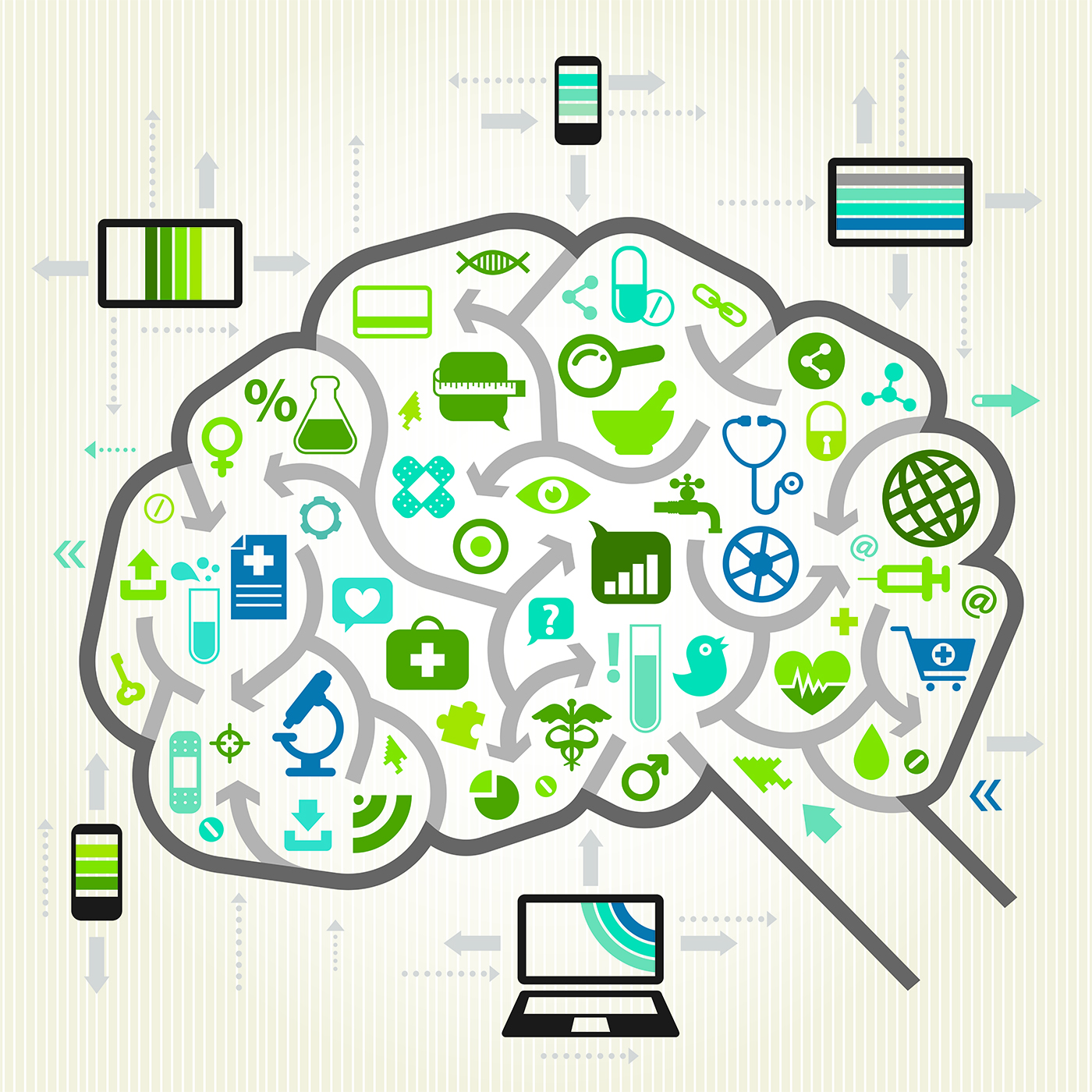It’s the buzzword. We listen to it all the time: they tell us what to listen to, what to see, what to buy… And now they also design and write. But do you really know what an algorithm is? For example, did you know that they’ve been around for more than 1,500 years? And how is it possible, if there were no computers 15 centuries ago, that there were algorithms? Because in its essential definition, an algorithm has nothing to do with technology. Well then, what is it? A set of ordered instructions that allow us to perform tasks or find the solution to a problem. For example, a cooking recipe or assembly instructions for a piece of furniture are examples of fully analogue algorithms. Then came the technological revolution and the algorithm became an essential part of the form of language and the way machines think.
Learning to read the world through computational thinking

And how does a machine think? Well, among its thought processes we have the collection and analysis of data, the abstraction of this data to create an algorithm, breaking down the problem into small parts… All this (and some other things) is computational thinking.
Naturally, in a modern society where our lives are increasingly facilitated or constrained by the action of computer-coded devices and information systems, the ability to write and understand programming languages is becoming increasingly important. But, in addition, just as when we become interested in other languages and cultures, we manage to enrich our life experience in many different ways, learning to use the way machines think can also be very useful in different facets of our lives.
When thinking like a machine makes us more human
21st century societies have made the incorporation of computational thinking into all education systems a vital necessity for the education of children and young people. This discipline not only allows us to interact with the machines all around us, thus increasing our chances of social and occupational integration, but also develops a series of skills and competences that are absolutely crucial. Soft abilities such as the skill to persevere and to be able to learn from mistakes, which computational thinking, being a very educational process, naturally stimulates… flexibility and the improvement of creative ability, as we challenge children to construct their own development process and have to solve problems that have numerous possibilities of resolution, or the development of teamwork and communication, as they have to explain their project to the others.
In this video several experts give us some tips about the challenges of computational thinking in education.
Learning to use the way machines think can also be very useful in different facets of our lives
Computational thinking in vulnerable environments

Computational thinking is especially valuable in narrowing the educational gap and social divide in vulnerable contexts. Because to its contribution to helping us understand the world and the society in which we live, as well as to the development of socio-emotional skills, we must add an essential contribution that takes on special value in these more disadvantaged environments: computational thinking offers you the possibility of divergence. To be able to go different ways. To understand that all answers are possible and therefore that change is possible. Computational thinking, explains Beatriz Ríos, expert and coordinator of education at the Telefónica Foundation Movistar Uruguay “offers boys and girls in these environments the possibility of expanding their world and their possibilities. They are beginning to see that, little by little, they can do it, they solve problems progressively. And that is extremely valuable because it allows them to realise that they can change their situation and that of their context”.
However, the implementation of educational strategies and programmes that foster the development of computational thinking in schools must be done in a strategic and planned way, especially in environments where adequate infrastructure, resources and training are not always available. In this article, we tell you about some pedagogical experiences of computational thinking that go beyond a classical approach based on programming, coding or robotics.
How to introduce computational thinking into education
Do we create a subject, do we include it in several ones or do we opt for mainstreaming? What’s the most appropriate age for starting to introduce computational thinking processes into education? What’s the best way of integrating computational thinking into a country’s educational curriculum? In this post, we analyse how some of the countries with the longest track records in this field have gone about it. We also offer some tips on the key issues to consider when bringing this discipline into school curricula. Its inclusion in teacher training, mainstreaming and assessment to generate evidence are some of the key elements. In this other post, we discuss what characteristics we think a training proposal should have that incorporates this thinking in different educational contexts.
Challenges for teachers: how to teach computational thinking
How do teachers face the challenge of teaching a discipline like computational thinking? As we’ve already seen, the goal of computational thinking is not to teach everyone to think like a computer scientist, but to understand how to use the concepts and processes of programming to apply them to our daily lives and activities so as to solve problems and pose new questions that can be resolved in the same way.
Within this context, it’s important to bear in mind that the development of computational thinking doesn’t necessarily require the use of computational tools and languages, but rather an understanding of the cognitive processes involved in this thinking and strategies for addressing it using different methodological approaches. As a result, the teacher training opportunities discussed by experts in the field have mostly focused on the need to address pedagogical aspects rather than transferring digital skills.
With all these elements in mind, what are the best teacher training proposals for teaching computational thinking? This article, reviews some training proposals for teachers.
Computational thinking offers boys and girls in vulnerable environments the option of expanding their world and their possibilities. They begin to see that, little by little, they are able to solve problems. And this is extremely valuable because it allows them to realise that they can change their situation and that of their context.
Computational thinking at ProFuturo: an adaptable and customised approach
For all these reasons, we set out to bring computational thinking to the schools with which we work, and we did so from a very distinctive approach, creating a very wide catalogue of experiences that adapt to the different teaching models and that allow teachers to link it with different subjects. Almost 50 experiences based on six different topics of varying degrees of difficulty to choose from. The themes were selected in a cross-cutting manner and with current social challenges in mind. Thus, the environment, means of transport, personal health, effective communication, responsible consumption and energy efficiency were selected. With all these ingredients a tailored programme was developed to start to work on computational thinking in all educational contexts. Discover it here.
The possibilities of programming in education and, through it, in social change are huge and transcend the merely technological. That’s why, at ProFuturo, we understand that learning and developing basic skills related to computational thinking and programming will not only help students to cope without difficulty in today’s and tomorrow’s society, but this is especially useful for change in the problematic realities in vulnerable contexts.






